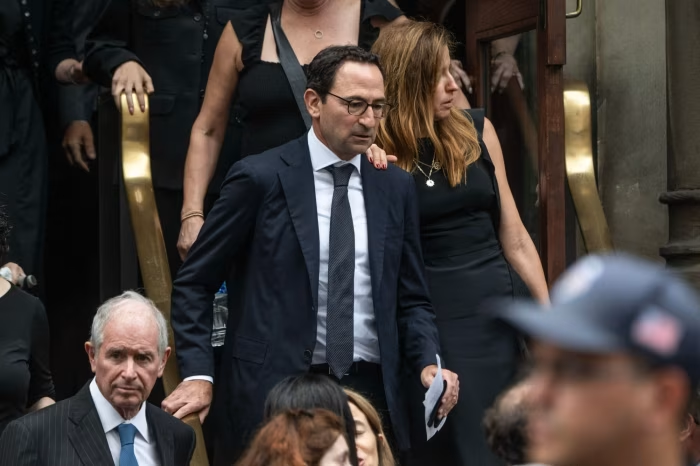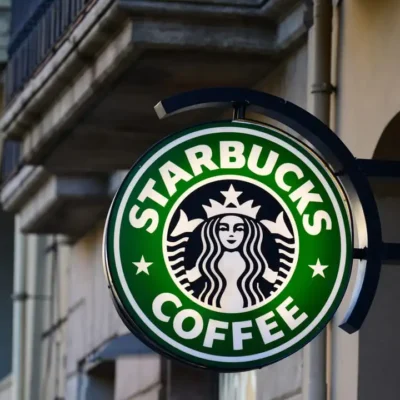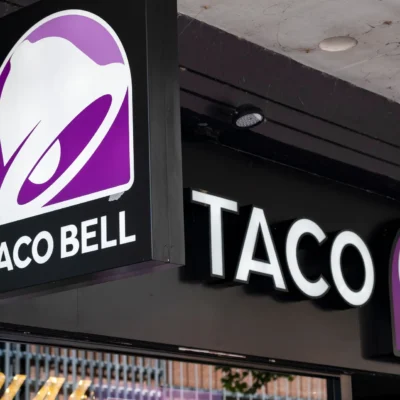Blackstone office shooting has been a shocking and heartbreaking event that left a deep impact on the company, its employees, and the community. Now, after weeks of recovery, security changes, and emotional healing, the global investment giant is slowly returning to office life.
We take a close look at how Blackstone is handling the transition back to normalcy, what measures are being taken for employee safety, and how the incident has reshaped workplace dynamics.
The Tragic Day That Changed Everything
On a day that started like any other, Blackstone’s office in Midtown Manhattan turned into the scene of a traumatic event. A workplace shooting inside one of the floors sent shockwaves through the company and the financial industry.
Authorities reported that the shooting occurred in a secured area of the building. Several employees were injured, and one individual lost their life. The shooter, believed to be a disgruntled former employee, was quickly apprehended by security and law enforcement.
Immediate Reaction
- Offices were evacuated within minutes
- Employees were guided to nearby safe zones
- Crisis teams and first responders acted quickly
- Blackstone’s leadership issued a statement expressing grief and offering full support to affected families and staff
The Emotional Aftermath
The Blackstone office shooting left a lasting emotional impact. Many employees described the atmosphere as filled with fear, anxiety, and confusion. The sense of safety within the workplace was shattered, and returning to the office was no longer a simple routine for most.
Employee Support Programs
To help with recovery, Blackstone partnered with trauma counselors and therapists. Group sessions were organized in-person and virtually. Mental health leave was extended. Leadership kept communication transparent with weekly updates.
This strong emotional support system helped many employees begin their healing journey.
A Measured Return to the Office
Blackstone did not rush the process of bringing people back. Instead, the company planned a phased return to ensure safety, comfort, and confidence among its teams.
Safety First
The most important concern was security. The firm has implemented:
- Enhanced access control systems with biometrics
- 24/7 on-site security personnel and random bag checks
- New visitor protocols to restrict unverified access
- Panic buttons and silent alarms in key office areas
In addition, training workshops were introduced for employees to handle emergency situations, including active shooter drills.
Rebuilding Trust and Culture
Workplaces are built on more than desks and meetings. They’re built on trust, camaraderie, and psychological safety — all of which were shaken after the Blackstone office shooting.
Transparent Communication
Executives, including CEO Stephen Schwarzman, held town halls and Q&A sessions, openly discussing steps taken to improve safety, lessons learned from the tragedy, and commitment to employee well-being.
This honesty helped many regain a sense of connection and belonging.
Hybrid Work Balance
To ease the transition, Blackstone embraced a flexible hybrid model:
- Employees could choose remote work for several weeks
- Teams rotated in-office days to avoid overcrowding
- No pressure was placed on staff to return immediately
This flexibility helped many return at their own pace, without feeling forced.
The Legal and Policy Reforms
The incident also sparked discussions on corporate security and gun laws. While the shooter was found to be using an unlicensed weapon, Blackstone took proactive steps by:
- Reviewing employment termination policies
- Reporting concerning employee behavior more rigorously
- Encouraging anonymous safety tips through an internal platform
The firm also began advocating for better corporate security regulations at industry events and panels.
How the Incident Reshaped Company Values

While safety is the most visible change, the tragedy has also shifted Blackstone’s internal values and how the company views its people.
People Over Profits
Post-shooting, employees report that management has shown greater sensitivity to workplace stress, mental health needs, and personal boundaries.
These changes have been welcomed as a positive cultural shift.
Diversity and Inclusion
The incident also opened up deeper conversations about mental health stigmas in finance, bias and profiling in workplace safety, and inclusive security protocols that protect all employees equally.
Blackstone’s DEI (Diversity, Equity, and Inclusion) council has been more active in recent months, launching new listening sessions and training programs.
Community Response and Support
The Blackstone office shooting was not just a corporate incident — it affected the local New York community. In the days following the tragedy, vigils were held outside the office building. Local businesses supported affected employees. Hundreds donated to mental health charities in the area.
Blackstone, too, has pledged $10 million toward mental health initiatives and crisis recovery programs across the U.S.
Media and Industry Reaction
The event sparked wide media coverage and industry conversations. News outlets, HR professionals, and workplace safety experts all weighed in.
Key points raised include:
- How prepared are Fortune 500 companies for workplace violence?
- Should mental health checks be part of exit interviews?
- Are current corporate security standards enough?
The incident has now become a case study in crisis response, with many organizations using it as a benchmark for reviewing their own security protocols.
Moving Forward: A New Normal
The return to the office doesn’t mean things are the same. Blackstone’s new “normal” is one shaped by resilience, community, and a renewed focus on safety.
What Has Changed Forever?
- Security is now central to all corporate planning
- Mental health support is no longer optional
- Employee voices are louder and more respected
In many ways, the tragedy has sparked a stronger, more people-first culture within the firm.
Final Thoughts
Returning after the Blackstone office shooting has not been easy, but the firm’s careful approach shows how businesses can recover thoughtfully and responsibly. By placing employee well-being at the center, enhancing security, and keeping communication honest, Blackstone is showing other organizations what recovery and resilience really look like.
As more employees begin to walk through those office doors once again, they’re not just returning to a workplace — they’re rebuilding a community.
Do Follow USA Glory On Instagram
Read Next – News Corp Earnings Increase, Lifted by Dow Jones and Digital Real Estate






